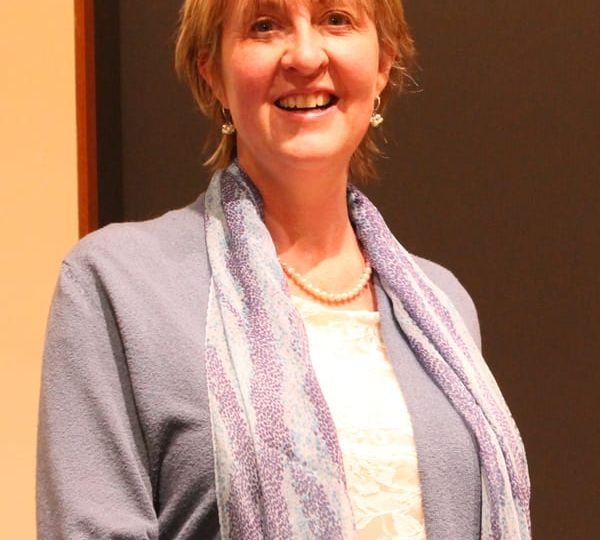
Professor Christine Thomas, this year’s Phi Beta Kappa visiting scholar, spoke on March 3 and 4 about her work in religious studies and archaeology. Thomas’s set of lectures, “Ordinary Bodies and Divine Intervention: Illness and Healing in the Roman Empire,” focused on ideas of health in ancient Greek and Ro man culture. Thomas is a professor of religious studies at the University of California, Santa Barbara.
What would you say are the main differences between the ancient Greek and Roman conception of health and our current one?
Our understanding of illness and healing in the modern day is based on a model of invasion: The body is invaded by outside agents and needs to be defended against these attacks. This model is at the base of modern germ theory and treatment by antibiotics. The ancient Greeks and Romans were more concerned about harmony of the body with itself and the environment. When things went wrong, they believed it was a result of disharmonious equilibrium that needed to be corrected. These are the sorts of explanations of illness found in [ancient] literary sources. Archaeological materials [from rural Anatolia] tend to be more aligned with the model of invasion. [In these sources] illness is an outside event sent by a god, often because of a moral failing. One might look at our theories of illness as being primitive because we share them with rural Anatolians.
What did you find most interesting about these ancient healing practices?
I looked at votive offerings [from rural sanctuaries in Anatolia] to see whether their concept of body and healing was the same as what we found in more urban areas. The parts of the body they were interested in healing were arms, legs, eyes – the parts that work. The economically productive parts of the body. That was interesting: You wouldn’t go see the gods because you had a fever or a bad cold. You’d go see them if you actually couldn’t work. Additionally, the offerings are mostly from shepherds and farmers, people who don’t spend a lot of time on leisure and don’t read books. Yet the inscriptions are literate, they are correct. In an area with no cities, in the middle of the Roman Empire, people knew their letters and valued writing.
How do you think this topic relates to students today?
Mostly what I’m trying to do as the Phi Beta Kappa visiting scholar is present original research in a way that helps people see how basic research in the humanities or sciences can be relevant to a number of questions and disciplines. I’m hoping that students
see my lecture as a model of inquiry and love of learning as a way of life, that nothing you learn is ever wasted and that different parts of your education can go together very well in answering particular questions. The subject is not the be-all and end-all. Part of the charm of working with ancient history, though, is bringing these sources to life, and that’s the other thing I hope they’ll draw: that the past really isn’t dead at all.
Your biography mentioned that you’ve been focusing on archaeology – what got you interested in that part of your field?
My involvement in archaeology was almost accidental. I have always been interested in ancient history, but what I had primarily worked on in my research was text. Partway through my dissertation, I got to spend time on an archaeological campaign in Ephesus. I [became involved in the field] mostly as a way of learning about how evidence is produced in archaeological fieldwork and museum collections. A lot of my archaeological work has been not only research but a continuation of my own education. For all of us, education doesn’t have to stop with our formal education. One of the great things about a good liberal arts education is that it gives you the tools to continue educating yourself throughout life.
What’s one exciting thing you’re working on right now?
I have stepped back from field work to try to put together a book for people in my own field about how to use archaeological and material culture in historical reconstruction. Right now I am mostly interested in thinking about how we can make the interpretation of material objects as complex and nuanced as that of literary texts. When we study a text, we know meaning is a social construct between what the author wrote and what the reader sees. Too often, we look at archaeological materials as just meaning one thing. They have qualities that are positive – you can measure and weigh them – but that doesn’t mean their meaning is necessarily determined. I am working on case studies to open up questions of interpretation and to show that it is possible to theorize about material culture.
wastveds@stolaf.edu

